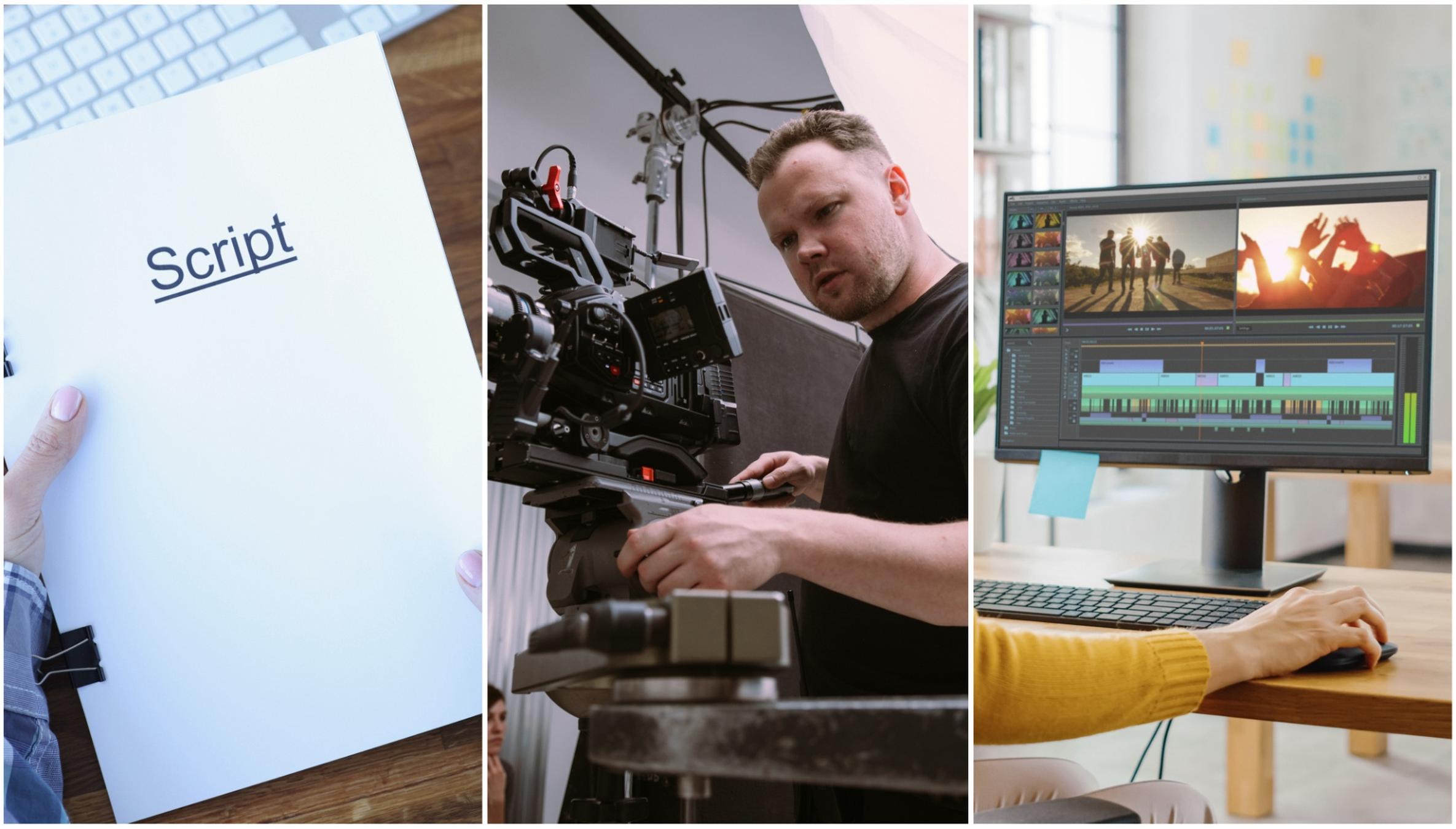
From the flickering images of silent films to the dazzling spectacles of today’s blockbusters, the world of cinema has undergone a remarkable evolution, propelled in large part by advancements in special effects. The journey through the annals of film history reveals a fascinating narrative of creativity, innovation, and the relentless pursuit of pushing the boundaries of what is visually possible.

Silent Era: The Birth of Illusion
In the silent era of cinema, filmmakers relied on practical effects and in-camera tricks to create illusions. Techniques such as double exposure and matte paintings allowed directors to transport audiences to fantastical worlds, while stop-motion animation brought imaginative creatures to life in classics like “King Kong.”
Golden Age of Hollywood: Practical Wizardry
As Hollywood entered its golden age, practical effects continued to thrive. The genius of pioneers like Ray Harryhausen, known for his stop-motion work in films like “Jason and the Argonauts,” showcased the meticulous craftsmanship behind creating enchanting creatures and mythical landscapes.
The Advent of Visual Effects: A New Era Dawns
The 1970s marked a turning point with the advent of visual effects, thanks to the groundbreaking work of Industrial Light & Magic (ILM). Films like “Star Wars” and “Close Encounters of the Third Kind” ushered in a new era of storytelling, leveraging computer-generated imagery (CGI) and practical effects in unprecedented ways.
Practical Effects in the 80s and 90s: A Blend of Realism and Fantasy
The 1980s and 1990s witnessed a resurgence of practical effects alongside the continued evolution of CGI. Directors like James Cameron, with “The Terminator” and “Jurassic Park,” seamlessly integrated practical animatronics with CGI, creating a harmonious blend of realism and fantasy.
The CGI Revolution: Transforming Cinematic Landscapes
The late 20th century and early 21st century witnessed a CGI revolution that transformed cinematic landscapes. Films like “The Matrix,” “The Lord of the Rings,” and “Avatar” showcased the power of computer-generated imagery to create immersive worlds, mythical creatures, and jaw-dropping action sequences.
Motion Capture and Performance Capture: Bridging Reality and Fantasy
Advancements in motion capture and performance capture technologies introduced a new dimension to character creation. Actors could now lend their expressions and movements to digital characters, as seen in films like “Avatar” and “The Adventures of Tintin,” blurring the lines between live-action and animation.
Practical Effects Resurgence: A Return to Tangibility
In recent years, there has been a notable resurgence of practical effects, driven by filmmakers’ desire to capture tangible realism. Productions like “Mad Max: Fury Road” and “The Force Awakens” employed a mix of practical stunts and effects alongside CGI, embracing the best of both worlds.
Virtual Production and Real-Time Rendering: Redefining Filmmaking
The evolution of special effects has taken a quantum leap with the emergence of virtual production and real-time rendering. Technologies like Unreal Engine enable filmmakers to visualize and interact with virtual environments in real time, revolutionizing the way films are conceptualized and produced.
The Future of Special Effects: Limitless Possibilities
As we stand on the precipice of the future, the possibilities for special effects in cinema seem limitless. Advancements in artificial intelligence, augmented reality, and immersive technologies promise to redefine the cinematic experience, offering audiences unprecedented levels of engagement and visual spectacle.
In conclusion, “The Evolution of Special Effects in Cinema” is a testament to the indomitable spirit of creativity and innovation within the film industry. From the practical illusions of the silent era to the virtual realms of today, special effects continue to shape the way stories are told, transporting audiences to realms of imagination that were once deemed impossible. The journey is ongoing, and with each technological leap, the magic of cinema evolves, ensuring that the allure of visual storytelling remains as captivating as ever.






